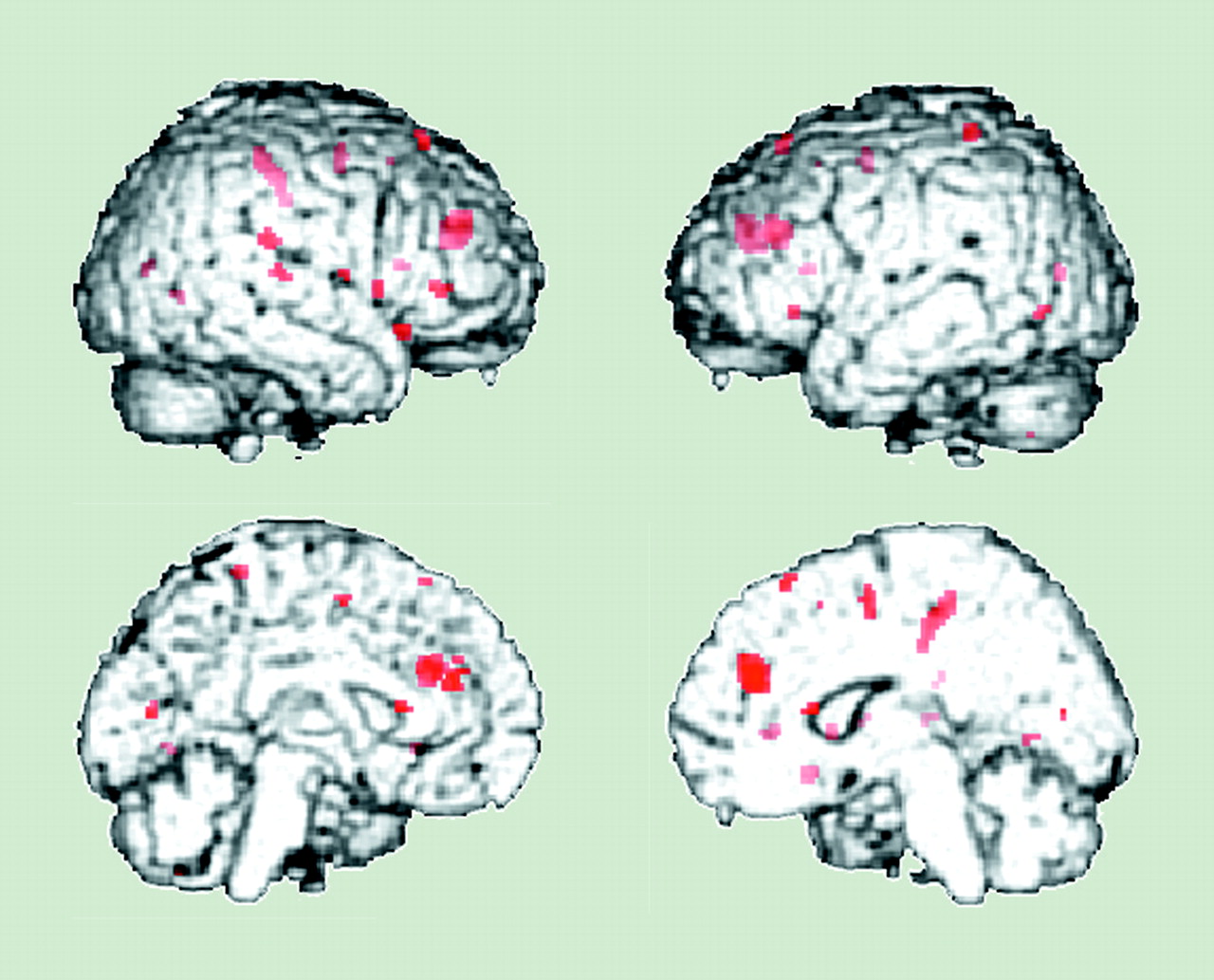Chance mutations in the human genome, once incorporated into the gene pool, can have functional consequences for human populations when expressed through their specific protein alterations. Complex genetic diseases like schizophrenia and primary mood disorders are associated with clusters of these chance mutation changes and their associated protein abnormalities in the brain. Catechol
O-methyltransferase (COMT) is an enzyme that metabolizes dopamine in the brain in the extracellular space (homovanillic acid [HVA] is the intracellular catabolic enzyme). COMT activity in the human striatum is not critical to dopaminergic signaling, since dopamine reuptake proteins largely terminate dopamine action in that region. However, COMT activity in the frontal cortex is important because dopamine reuptake proteins are sparse, and COMT functions there to terminate dopamine action in the synapse. Because dopamine in the frontal cortex facilitates short-term memory, high COMT activity should inhibit this aspect of cognitive function. The gene for COMT is located on chromosome 22. Two genetic forms (alleles) of the enzyme can be found in humans, one with the amino acid valine (Val) at position 108, the other with the amino acid methionine (Met) at position 108. Since all individuals have two genes for each of their proteins, humans have three possible forms of COMT: Val/Val, Val/Met, or Met/Met. The COMT protein with methionine is heat sensitive, hence it shows low activity at body temperatures; the COMT Val/Val protein is fully active at normal body temperature. Hence, the COMT Val/Val protein maintains low dopamine levels in the frontal cortex, whereas the COMT Met/Met protein results in low COMT activity. Our research has shown that any human with the COMT Val/Val genotype performs worse on short-term memory tasks than individuals with the COMT Met/Met or Met/Val genotype. Moreover, as seen in the
figure, functional magnetic resonance imaging (fMRI) shows that regional cerebral blood flow (rCBF) during a frontal task also differs by genotype. The lowest rCBF (seen in individuals with the COMT Met/Met genotype) is associated with the highest frontal lobe function (i.e., best short-term memory). These studies illustrate how a single missense mutation in the human population can be tracked to a functional human change in brain physiology and in cognitive performance. Furthermore, this mutation may pose a risk factor for schizophrenia by compromising frontal cortex function.


